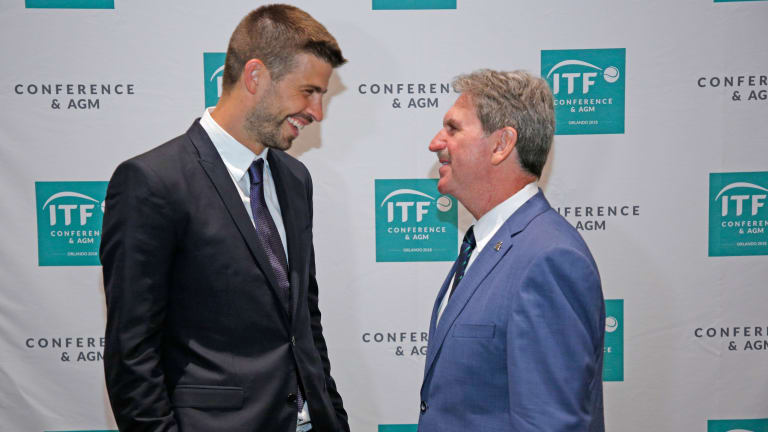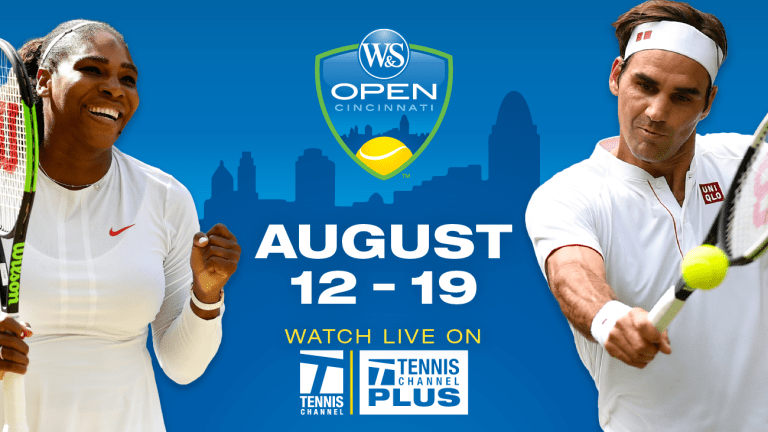WATCH—Jon Wertheim reacts to ITF's substantial Davis Cup changes:
Weighing the pros and cons of the ITF's roll-the-dice Davis Cup revamp
By Aug 16, 2018Social
"Done with my crashout": Naomi Osaka ready for reset after losing Madrid opener
By Apr 24, 2025Madrid, Spain
REPORTS: Carlos Alcaraz to announce Madrid withdrawal amid injury struggles
By Apr 24, 2025Pick of the Day
Madrid Open Betting Preview: Borna Coric vs. Matteo Arnaldi
By Apr 24, 2025Style Points
FIRST LOOK: Coco Gauff to debut new Miu Miu x New Balance tennis collection in Rome
By Apr 23, 2025Travel
The Oeiras Open, which Carlos Alcaraz won four years ago, has one of the most beautiful Center Courts in the world
By Apr 23, 2025Social
Reilly Opelka's latest 'rating' revealed: the views from his hotel room in Madrid
By Apr 23, 2025Madrid, Spain
Alexandra Eala vs. Iga Swiatek: Where to Watch, Madrid Preview, Betting Odds
By Apr 23, 2025Madrid, Spain
Italian teenager Federico Cina, 18, scores second ATP Masters 1000 victory with Madrid win
By Apr 23, 2025ATP Challenger Tour
Lithuanian-born, Spanish-trained Vilius Gaubas is ready to take on the world
By Apr 23, 2025Weighing the pros and cons of the ITF's roll-the-dice Davis Cup revamp
Published Aug 16, 2018
Advertising
Advertising

Weighing the pros and cons of the ITF's roll-the-dice Davis Cup revamp
© AFP/Getty Images
Advertising
Advertising

Weighing the pros and cons of the ITF's roll-the-dice Davis Cup revamp